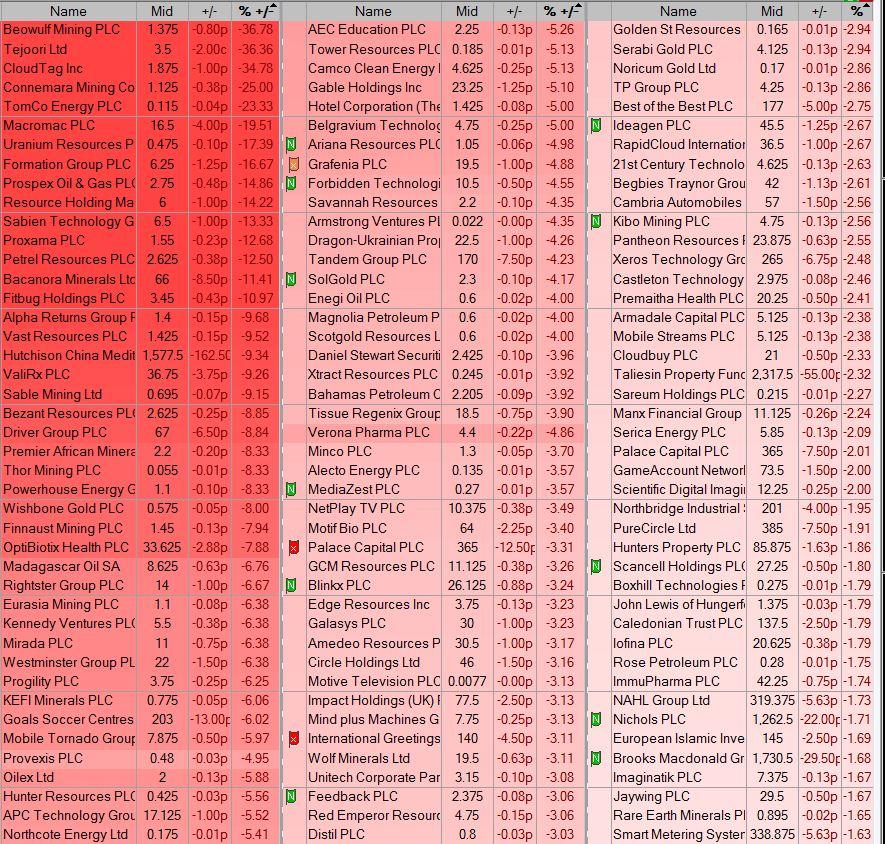Price-to-Earnings Ratio
One of the most commonly used metrics to analyse and compare a stock’s valuation.
This ratio values stocks is in terms of their net earnings.
There are different variations of Price-to-Earnings (PE) to reflect the period of earnings. A trailing PE ratio uses the previous 4 quarter’s earnings whereas a projected PE ratio uses analyst estimates for the next 4 quarters of earnings.
Projected or forward PE ratios are widely used in analysis as it is most useful for forecasting future share prices.
PE ratios are effective at analysing stocks within the same sector but not so much for those in different industry groups. For example, technology stocks generally have a higher PE than utility stocks due to the perception of higher growth within the industry.
Investors are willing to buy stocks with a higher PE if there is a strong potential for growth and higher earnings in the future but usually see more value in those with a lower PE
Formula:
PE Ratio = Market Capitalisation/Net Income
or
PE Ratio = Market Value per Share/Earnings per Share
This document is purely education and is not investment advice. UK Investor Magazine accepts no liability for action taken on the back of reading this document.
Terms & Conditions: Please view the full terms and conditions of the UK Investor Magazine before reading this guide. This guide was compiled along side investment professionals to give you the best educational experience. The document you will receive is designed to increase your knowledge and understanding but is not specific investment advice. All investments carry risk. By submitting your details you agree to be contacted by UK Investor Magazine and our partners in relation to financial information and educational tools. We accept not responsibility and will not be held liable for any losses arising from submitting your details and receiving this guide.
Tips & Guides
DX’s lesson should be headed by other companies
The pandemic success stories ripe for investment
Sales you need to know about in order to win at Christmas shopping
Even at a 36% discount, Warren Buffett suggests IAG shares aren’t worth it
Five step plan to help your SME weather the COVID recession
RBC WM Managing Director tells us how we can teach children money management
Fortune 500 data scientist backs tech rally but gold and bitcoin could see volatility
Atlantic Capital Markets see further upside in Greatland Gold
Gold could hit $1800 but what does this say about market sentiment?
Latest
New AIM admission: First step of building Electric Guitar into a digital advertising group
Aquis weekly movers: Silverwood Brands share trading restored
AIM weekly movers: Touchstone Exploration merging with Trinity Exploration
Refinancing creates opportunities for Smiths News
FTSE 100 extends record highs after goldilocks Non-Farm Payroll report
BAE Systems shares: the trend favours further upside
Download the 10 Ratios guide for free below.
















